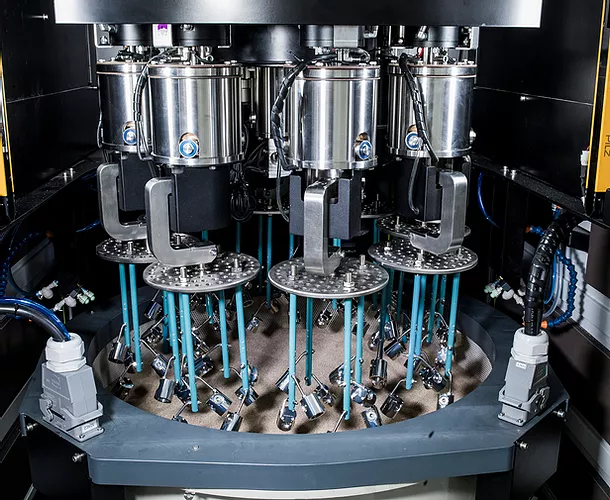Post-processing is usually needed for 3D printed models, parts and products as a finishing step after the object is printed. Post-processing can include removing support material; washing and curing; sanding or polishing; and painting or colouring.
Benefits of Post Processing
Post-processing of 3D printed objects is done to enhance the object in one or more ways, including the following.
Make Surfaces Smoother
3D printed objects will often show lines where each layer of print material was applied. They may also have small protrusions where support structures connect to the object during printing. Even when there are no print lines or support structure imperfections, the object may not be as smooth as required. In all these cases post-processing is important for removing imperfections and smoothing the surface to specification.
Improve Strength and/or Durability
Post-processing using heat, electroplating or epoxy coating can make the object much stronger, help it last longer and make it less susceptible to damage and wear and tear.
Add Functionality
Many finished 3D parts may not perform as expected in certain conditions. One example is parts that are exposed to the environment. They may need post-processing to protect them against UV rays, extremes of heat and cold, and electrical conductivity.
Enhance Appearance
The number of colours available for some 3D print materials is almost limitless. But a 3D-printed object may need to be painted to meet colour specifications. And electroplating can make a plastic part look like solid, shiny chrome.
Types of 3D Print Post Processing
There are three main categories of 3D print post-processing methods.
Subtractive Post-Processing
As the name suggests, subtractive post-processing removes material from the printed object to achieve the desired surface finish. By far the most common type of post-processing, subtractive post-processing methods include the following:
- Sanding and polishing
- Tumbling
- Sandblasting
- CNC machining
- Chemical dipping
- DLyte DryLyte® dry-electropolishing for metal and alloy parts
Additive Post-Processing
Additive post-processing adds material to the printed object to fill in imperfections, improve strength and/or change appearance. Methods of additive post-processing include the following:
- Filling
- Priming
- Brush coating
- Spray coating
- Foiling
- Dip coating
- Metal plating
- Powder coating
Property-Changing Post-Processing
Again, this one’s all in the name. Property-changing post-processing literally redistributes the molecules in the 3D print — often to improve the strength or smoothness of the object. This is typically done with thermal or chemical treatments. Property-changing post-processing methods include the following:
- Local Melting
- Annealing (heating)
- Vapour smoothing
If you found this post helpful, check out our article The Importance of Quality Inspections in Additive Manufacturing.
